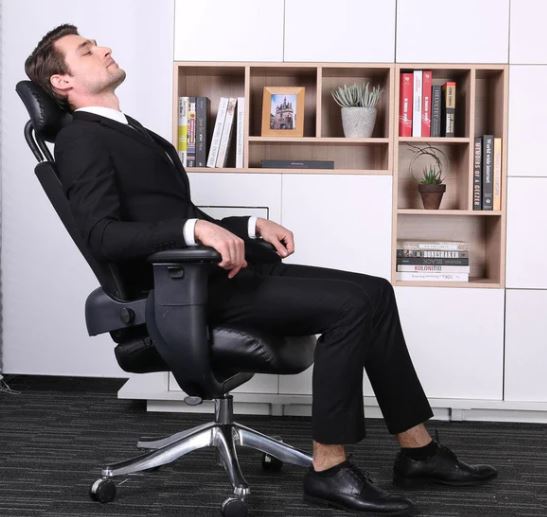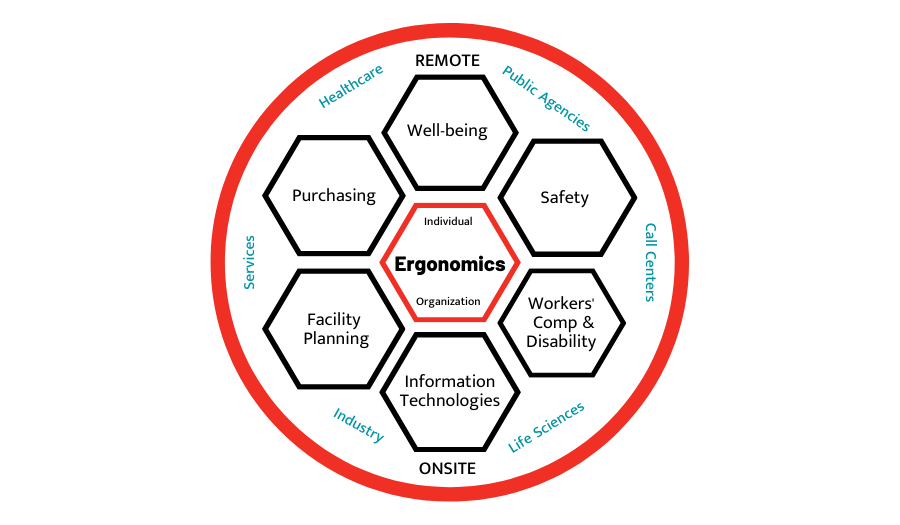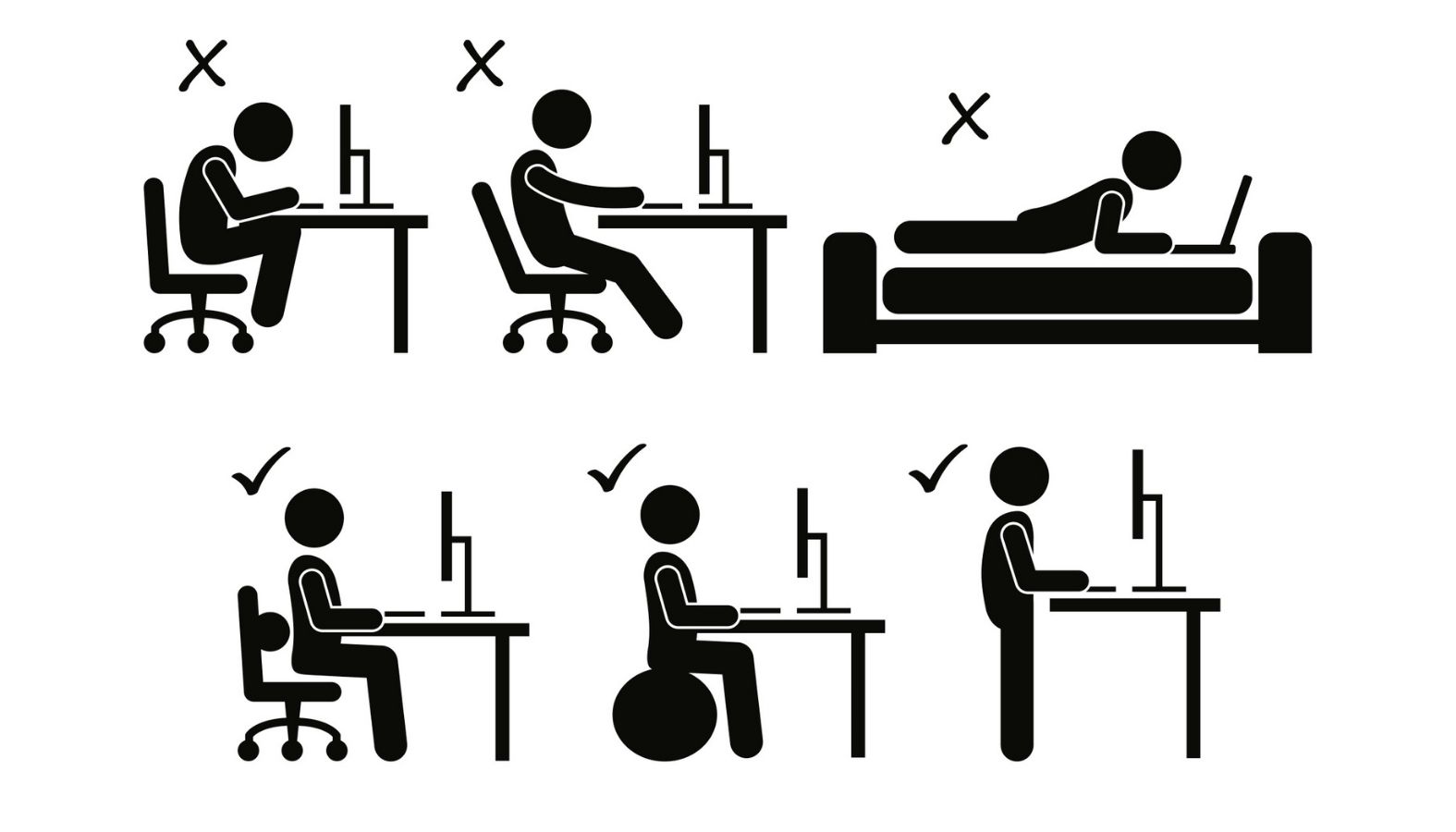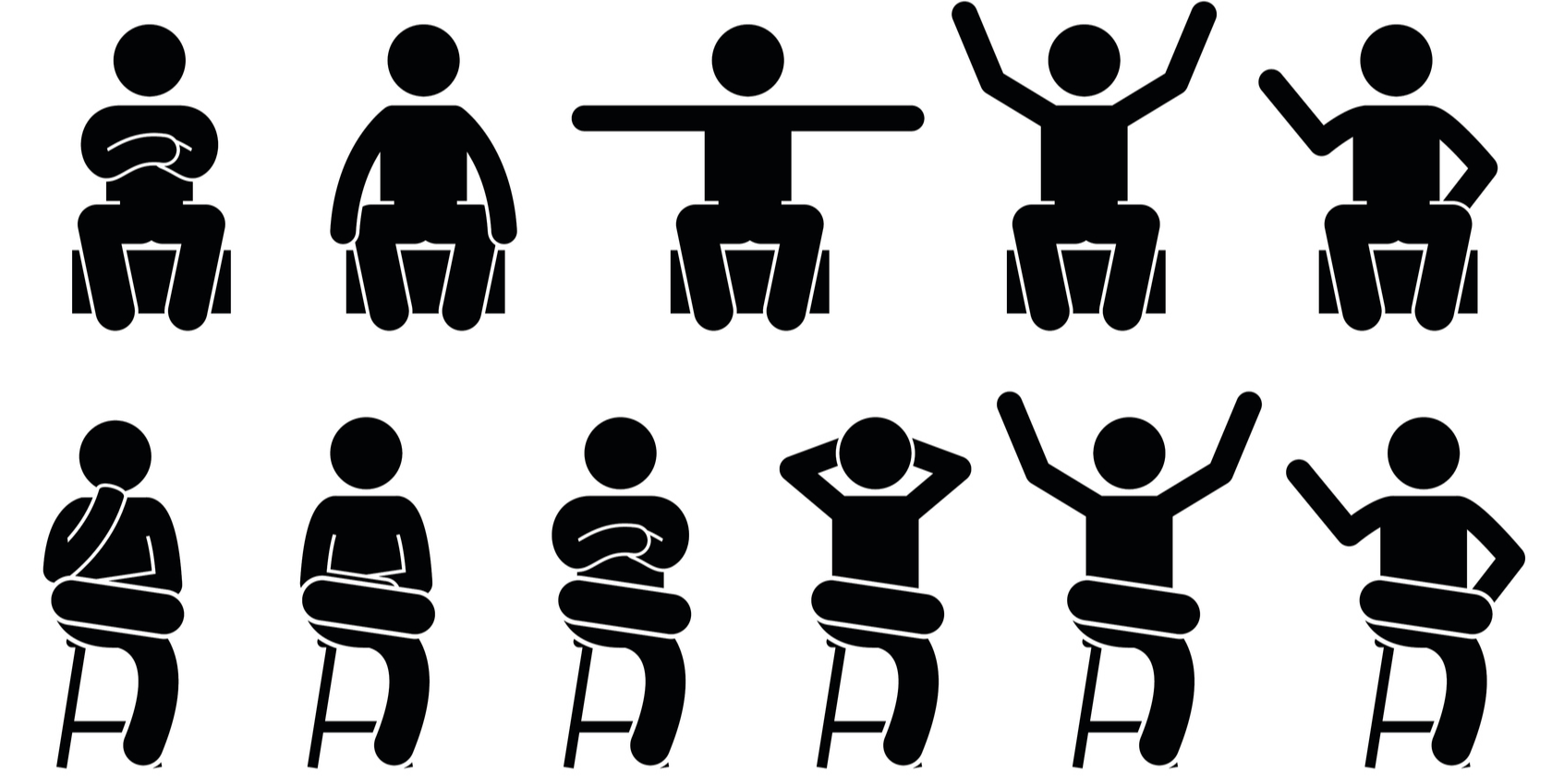As the holiday season draws near, it's essential to recognize the potential stress and physical strain it may bring. This can lead to discomfort in the back and body. Therefore, it's crucial to prioritize your well-being. Share these holiday safety tips with loved ones and colleagues. By taking care of yourself, you can start the new year with a healthy and happy back.
Employees who feel well physically and emotionally perform at higher levels, so it's important to support their wellness throughout the year.
Read More









